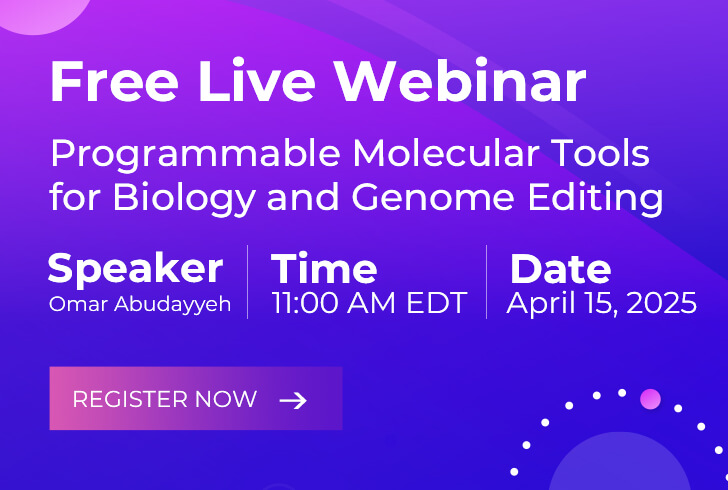Development of AAV Vector for Heart Failure Research
Inquiry NowThe anatomic compartmentalization of the heart and its accessibility by surgical and percutaneous approaches enable the myocardium a highly amenable target for gene therapy. During past years, novel targets that cannot be manipulated through pharmacological means but are ideal for gene therapy approaches have been discovered for therapeutic interventions of heart failure. As a leading company in the gene therapy area, Creative Biolabs is capable of offering high-quality adeno-associated virus (AAV) vector development services for heart failure research.
AAV Vectors in Cardiovascular Gene Transfer
Heart failure (HF) is a leading cause of death in the world and is mentioned in one out of nine death certificates. In the past decade, with an increasing understanding of the biological processes underlying the progression of HF, gene therapy has emerged as a promising tool to reverse specific molecular changes of this devastating disease. Particularly, the application of AAV for cardiac gene therapy has dramatically changed the field of gene therapy targeting HF. Studies have shown that AAV vectors possess many key attributes required for optimal gene therapy vectors targeting the heart including the ability to transduce quiescent cells such as cardiomyocytes, sustained long-term expression, non-pathogenic nature, and very low immunogenicity. Currently, recombinant AAV vectors (serotypes 1, 6, 8, and 9 in particular) are the most widely used vectors for gene delivery to the heart. Furthermore, substantial efforts have been made to change the restricted packaging capacity of AAV vectors and thus enhance their potential therapeutic effect and usage.
Up to now, many calcium cycling proteins including SERCA2a, protein phosphatase 1, and adenylyl cyclase 6, have been developed as potential therapeutic targets for HF. For HF gene therapy, two approaches: direct intramyocardial injection and trans-vascular administration have been used to deliver AAV vectors to the myocardium. What's more, preclinical gene therapy studies targeting these molecules, either directly or indirectly, confirm their safety and efficacy in improving cardiac function. The results of ongoing preclinical and clinical studies will be available in the near future.
Services
After years of thorough research, Creative Biolabs has gained abundant experience in viral vector design and construction. With the help of our professional scientists, we are able to offer comprehensive AAV vector design service for the treatment of multiple diseases, which including but not limited to central nervous system diseases, liver-directed diseases, ocular diseases, as well as other hereditary diseases.
We are committed to promoting the development of our researchers' programs and thus improve cardiac function, survival, and regeneration. For more detailed information, please feel free to contact us.

